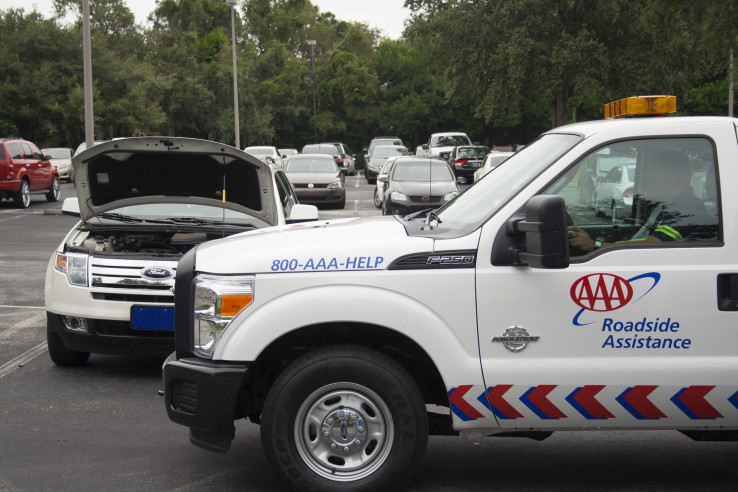While you are sitting at home working because you no longer must drive to an office, store, or business to work, your car is sitting outside waiting for you to come out, start it, and go somewhere. We all hope that the battery is good and will start the car after sitting for days on end - but do you know how this all comes together to make your car start? Well, let’s give you the A, B, Cs of automotive batteries.
- There are three types of batteries used in today’s vehicles. The basic battery is the standard flooded lead-acid battery which is ideal for vehicles with normal electrical demands. The second type is the absorbent glass mat (AGM) type, used in vehicles with higher electrical demands or that use start-stop technology to conserve fuel. The third type is the Optima Spiralcell, which is an AGM battery that has a unique six-pack design for higher power, cycling capability, and vibration resistance; this type is used in more high-end vehicles with higher electrical demands due to more electrical options and additional technology. When you replace a battery in your vehicle, you must make sure the correct type is installed; the AGM style batteries are considerably more expensive than the standard flooded batteries, but if that is what your vehicle calls for, that is what must be used, or the vehicle and its electrical systems will not work correctly.
- Batteries are electrical devices; therefore, they live or die by Ohm’s Law, which I am not going to attempt to explain here, but will simply say they must meet certain requirements to work correctly. First off, a battery that is working correctly must be at least 12.6 Volts at 100% charge in a warm temperature. Below this, it will not work as well in colder temperatures. The next number that is important in cold weather is Cold Cranking Amps (CCA) or the ability of your battery to start the engine in cold weather - the higher the CCA rating, the greater the starting power of the battery. Since a battery’s starting power deteriorates with age, a high CCA is a desirable feature in your battery. Always replace your battery with an equal or higher CCA than the current battery. Finally, the last number to consider when buying a battery is Reserve Capacity (RC); this is how long a fully charged and in-good-condition battery can deliver a constant current of 25 amps at 80 degrees F without falling below the minimum voltage of 1.75 volts per cell, needed to keep your vehicle running.
- The two greatest enemies of a battery are heat and vibration. Both will cause wear on a battery and possibly cause it to fail prematurely. Here are some tips to help extend the life of your battery. When replacing or checking a battery, always make sure to put any insulators back in place to protect the battery from being overheated. Make sure it is clean and does not have any debris on it. To prevent vibration issues, always make sure the correct battery hold downs are installed and tightened properly. Have your battery tested at least once a year, preferably in the spring before the hot weather comes, to determine the general condition of the battery and whether it should be replaced before it fails. Have your charging and starting systems checked as well, to make sure there are no problems that could affect the car starting. Make sure the battery cable connections are clean and tight. If you see white powder on terminal connections have your battery checked for condition - the powder indicates acid is leaking from the battery case. If you are letting the vehicle sit for long periods of time, either check and recharge the battery regularly or keep it hooked up to a trickle charger to keep the battery fully charged and prevent sulfation from occurring. Sulfation is the growth of lead sulfate crystals in a battery when a vehicle sits for extended periods of time and isn’t recharged regularly. Sulfation will eventually lead to complete battery failure.
- Always follow safety measures when working around batteries to avoid both electric shock and the risk of being hurt by acid. Wear safety glasses, proper clothes, and gloves when handling batteries. Keep open flames away from batteries, keep work areas well-ventilated, do not wear metal jewelry when handling batteries, make sure you hook up chargers correctly to battery posts, and if you do get acid on you, wash it off right away with plenty of water and call a doctor.
- But finally, if you do need battery service - to test, jump start, or replace a battery - pull out your AAA card and dial the 800 number on it for AAA Roadside Assistance. A trained AAA technician will come to your home or business and test and/or replace your battery with a brand-new AAA battery, and will take the old battery away for recycling.
Learn More About Our Automotive Services Today


